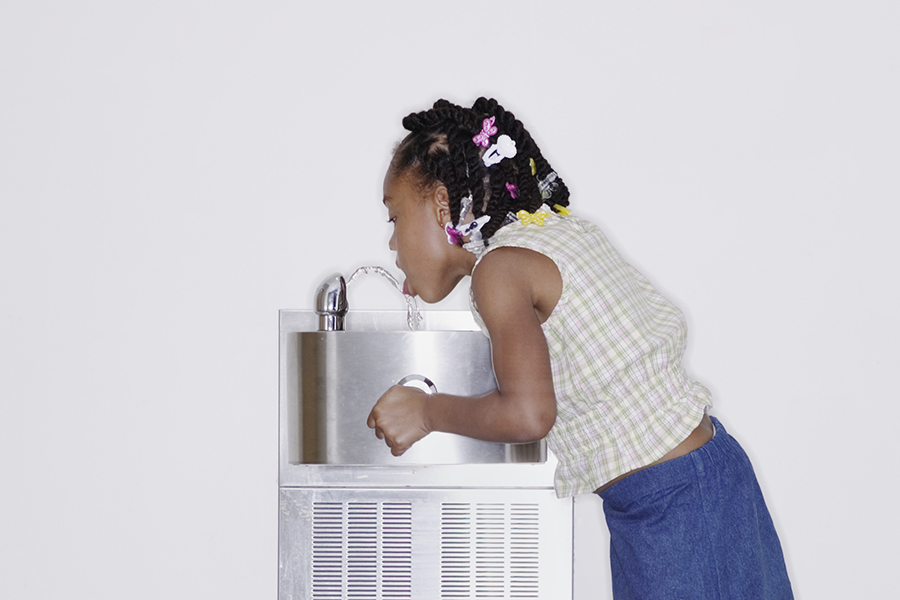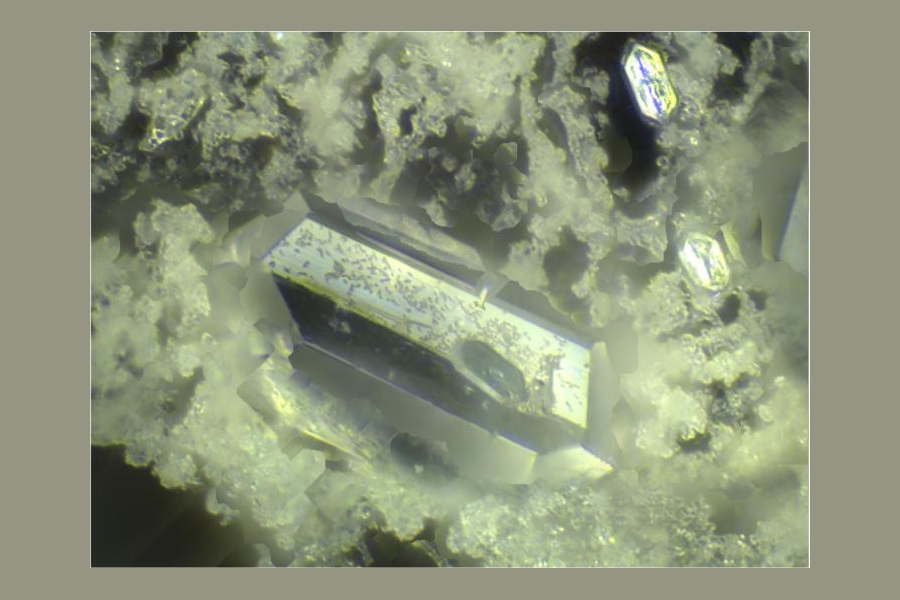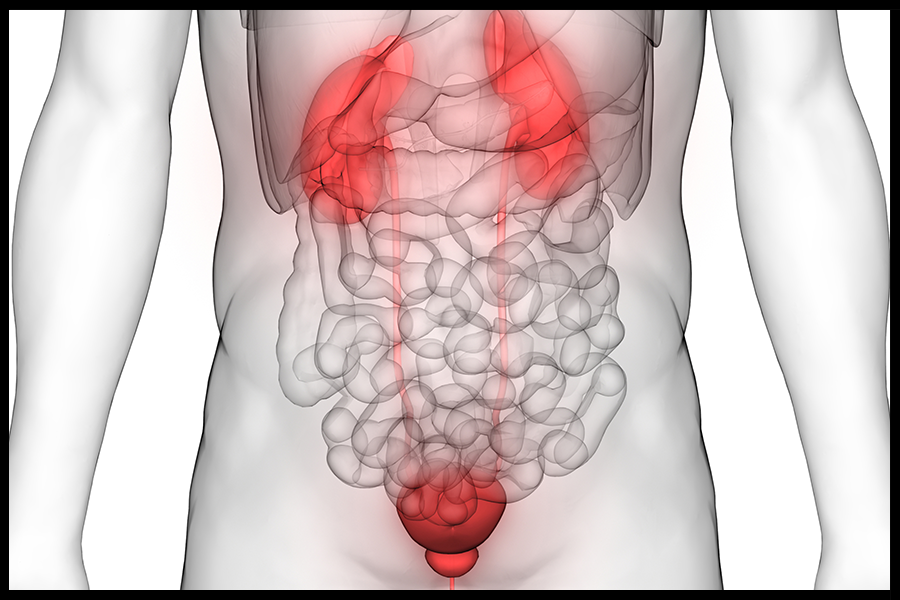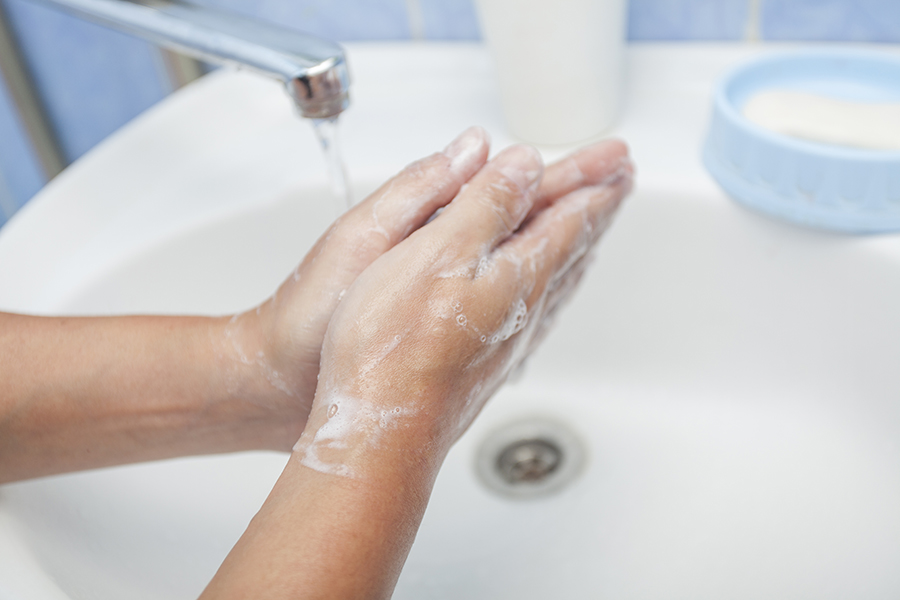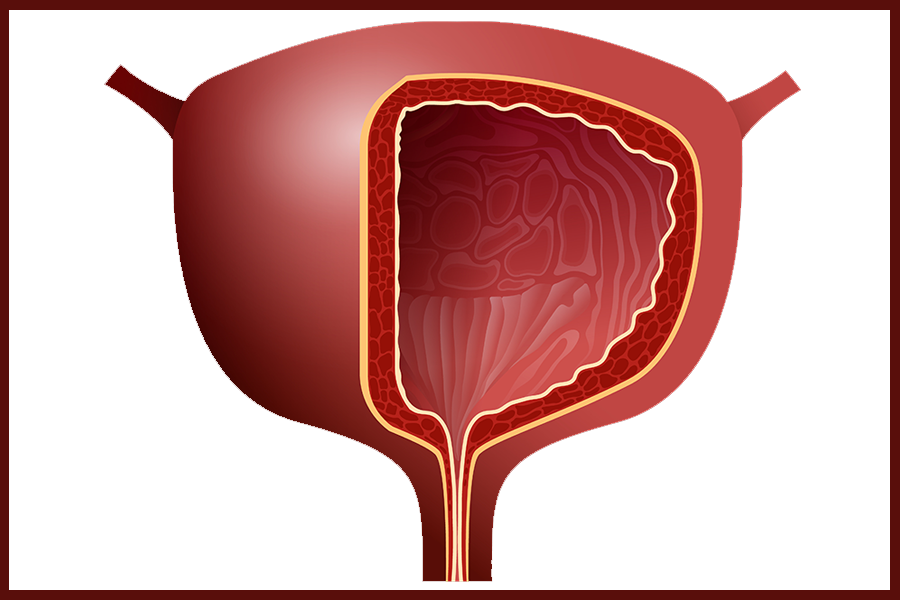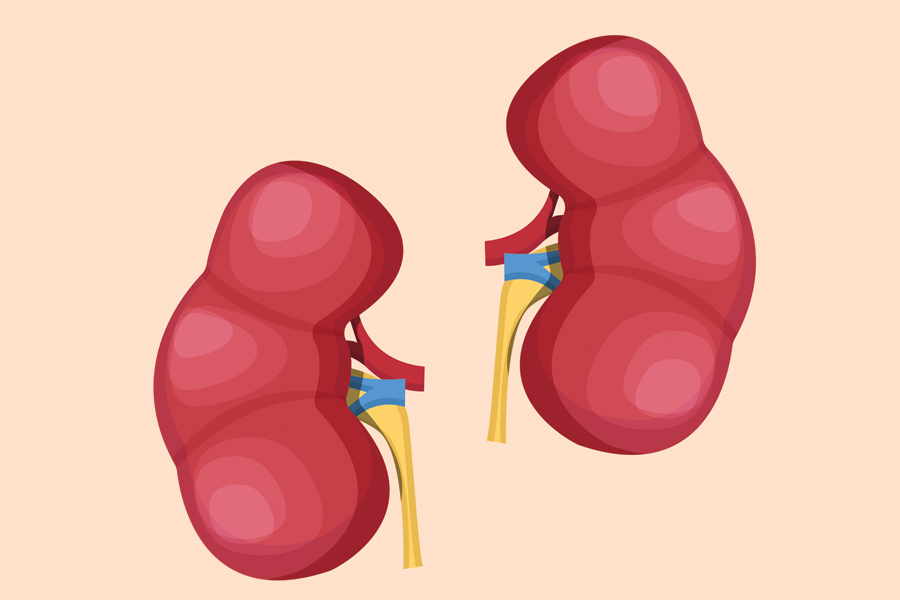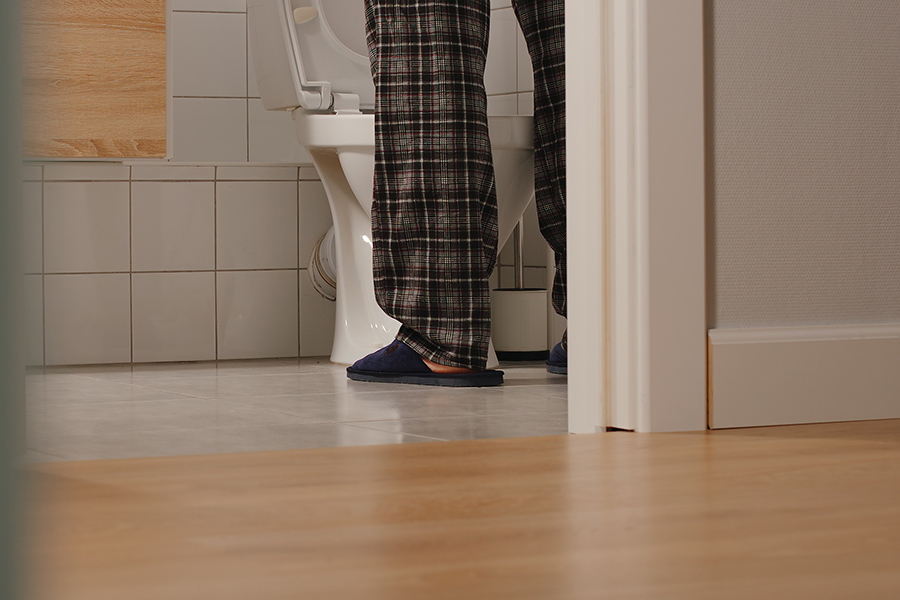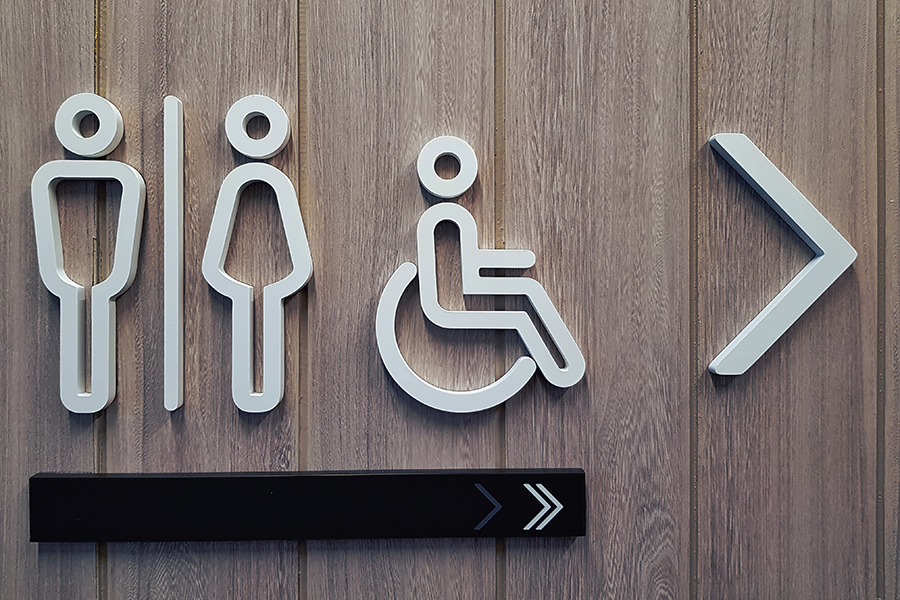Q: What could be the cause of recurrent urinary tract infections in kids? Is it possible to prevent them, or are some kids just more susceptible?
A: Urinary tract infections, or UTIs, usually happen when bacteria get into the urinary tract through the urethra and begin to multiply in the bladder. In children, the most common causes of UTIs are constipation, incomplete bladder emptying and holding urine. You and your child can take several steps that may decrease the likelihood of recurrent UTIs.
A UTI is an infection in any part of the urinary system — the kidneys, ureters, bladder and urethra (the tube that carries urine from your bladder out of your body). Most infections involve the lower urinary tract — the bladder and the urethra. UTIs in children typically include symptoms such as a strong, persistent urge to urinate; a burning or painful sensation when urinating; or passing frequent, small amounts of urine.
In some cases, a UTI may lead to pelvic pain. Some children also may develop a fever. Although uncommon, the presence of a fever, back pain or vomiting may signal a more serious infection that could be affecting the kidneys. If your child has these symptoms, see his or her primary care provider for an evaluation right away. A referral should be made to see a pediatric urologist if your child has had a UTI accompanied by a fever.
Constipation is a frequent cause of UTIs in children. If stool fills up the rectum and colon, it can place pressure on, or even obstruct, the bladder, so the bladder cannot empty completely. The urine left in the bladder can be the perfect place for the growth of bacteria that may cause infection.






